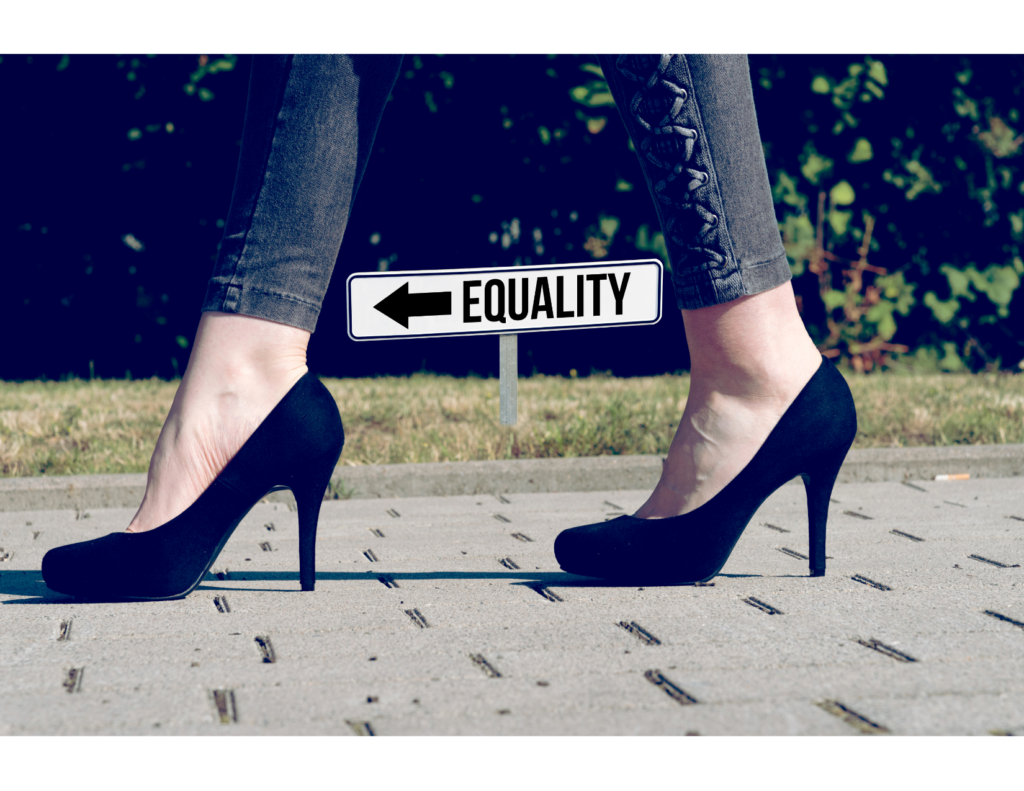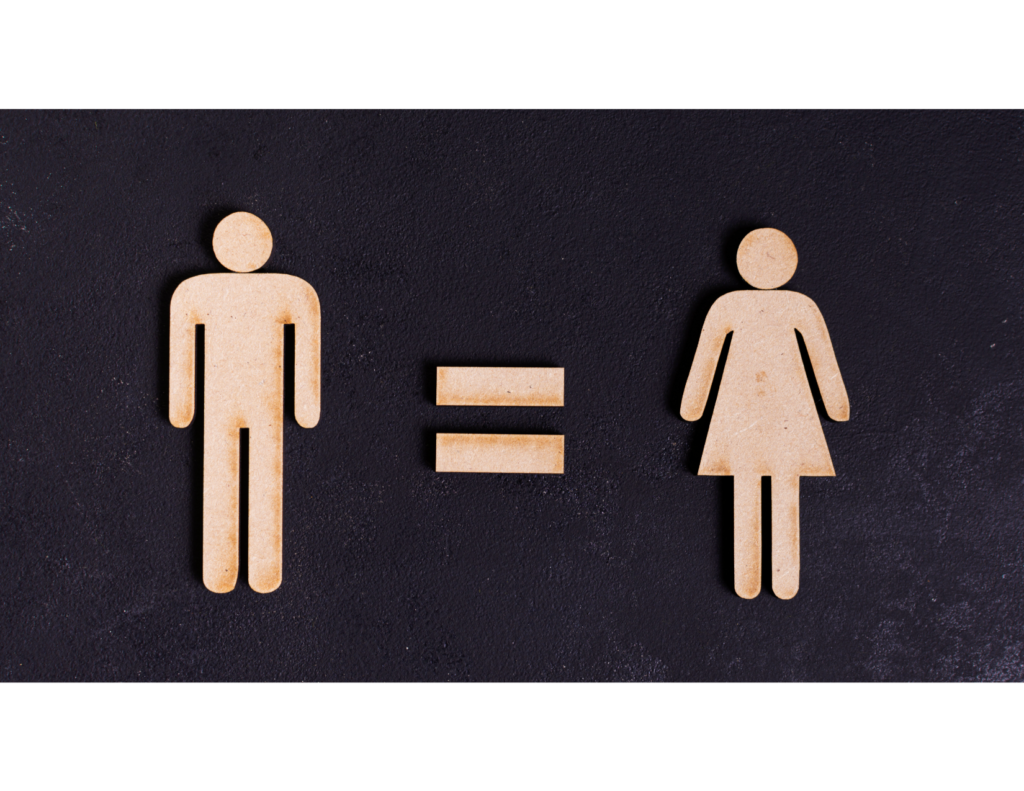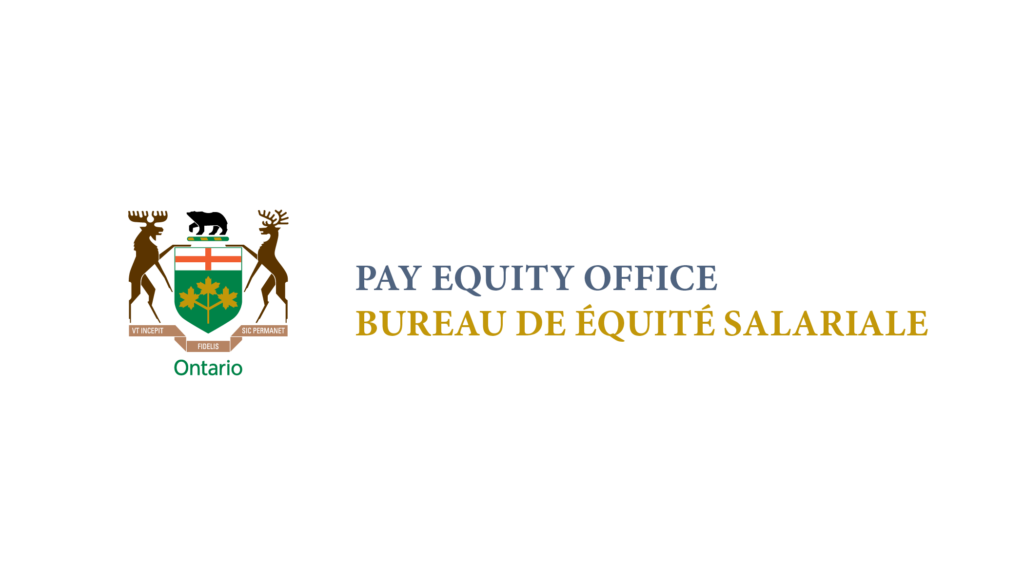By Kadie Ward, Commissioner and CAO, Ontario Pay Equity Commission
Women’s Worth is a three-part series with What She Said to discuss women, work, compensation and women’s worth. With a mission to close the gender wage gap in Ontario, the Pay Equity Office works to make the world a more equitable place for women to work, live and thrive. The Pay Equity Office administers Ontario’s Pay Equity Act. The purpose of the Act is to eliminate pay inequity between women and men who perform work that is of comparable value to their organization.

Currently in Ontario and Canada, the gender wage gap measures at 11% for average hourly wages. The origin and persistence of the GWG is complex with a long history. We could go back 6000 years and learn about how the invention of the plow created “men” and “women’s” work at the onset of the agricultural revolution. For this article, we’ll focus on the impact mass industrialization and urbanization had on women’s participation in the labour market, and how that participation was subsequently valued and compensated. Finally, we’ll share some information on where women can look to support career transition into higher paying male-dominated fields.
Historically, women and men have been clustered in different jobs and society values those jobs differently. This clustering persists in Ontario and Canada today. As of May 2021[1], women are dominant in areas such as health care (91% of nurses are women), childcare (95% of employees are women), community services (80% of workers are women), and 89.9% of the service sector is made up of women. This clustering has a long history based on outdated stereotypes and beliefs about women and work. These outdated beliefs can be linked to an increase in industrialization and urbanization in the 19th Century where production increasingly took place outside the home. With this, came the entry of primarily unmarried women into the paid workforce. The prevailing attitude at the time restricted married women’s access to paid employment.
From the onset of their participation in the paid labour force, women have worked in different occupations and different industries than men. In fact, it may be more accurate to say women were only welcome to participate in occupations and industries that men deemed appropriate for them. There are still laws in some countries preventing women from doing certain jobs that the government feels might impact their ability to bare children or raise a family[2], believe it or not.

From the onset of labour market participation, men’s wages were set at higher levels than women’s wages for many reasons. These reasons included unequal access to education – meaning men had more access to education compared to women, also a stereotypical view of women as less capable, less smart, less fit. Another common argument to support wage inequity was that men were seen as breadwinners, while women in most cases were regarded as not needing the same pay because they weren’t seen as having dependants, whether that was the case or not.
Overtime through persistence and advocacy women began to achieve wage protections post World-War 2, with minimum wage and equal pay for equal work legislation. Eventually, policy makers recognized the systemic devaluation of work primarily done by women and introduced pay equity laws.

Since 1997 every province in Canada has closed the gap by 5-13%: while progress has been made in closing gender wage gaps, the pay gap persists. As mentioned above, the persistence of the gender wage gap is complex. But one thing we do know is that it is linked to clustering women in undervalued sectors of the economy.
One way to address this is to support women looking to transition their career into higher paying sectors. Our office has advocated for support and opportunities that bridge women from underpaid and recently hard-hit industries during the pandemic, to those that are experiencing growth. For instance, women are least represented in trades, transport and equipment operators and related occupations (7.0 percent).[3] This suggests that systemic barriers exist, preventing women from entering or succeeding in these sectors. Sectors needing skilled trades and transport and equipment operators, such as the utilities and manufacturing sectors, are poised for growth.

Below is a short list of programs available in Ontario and Canada that help women enter a diversity of careers. If you are reading this post from outside of Ontario, I would encourage you to search your provincial Ministry in charge of labour, workforce, and / or education and training to see if there are similar programs.
Career Transition Programs for Women:
Ontario Programs
- Second Career: If you were laid off during and because of COVID 19 you can apply for a $28,000 grant to cover tuition, books, manuals, instructional costs, transportation etc. and additional funding may be available for childcare or any accessibility issues.
- Women’s Economic Security Program (WESP): Low-income women can get training to equip them with the skills, knowledge and experience to find a job or start a small business and increase their financial security. Some projects provide specialized programming and supports to women who have experienced domestic violence or are at risk of abuse by their partner or ex-partner. The Women’s Economic Security Program has four streams:
- Skilled trades through Ontario Colleges
- George Brown’s Women Transitioning to Trades and Employment is a12-week innovative, integrated, and supportive training and employment preparation program for women and gender non-binary, trans, and 2-spirit peoples who are looking for stable employment and interested in the skilled trades.
- Six Nations Polytechnic – We Are Welders: We Are Welders (Intensive Cohort) is a tuition-free program for low-income women to gain local employment in the welding field. The curriculum content includes workshops aimed to remove barriers, build confidence, and acquire new skills/knowledge. Program is directed towards participants who are women and/or those who identify as women and/or non-binary participants.
- Moving on to Success is a free employment program for women. Priority is given to women who meet certain conditions based on income, or women who have experienced (or are at risk of) domestic violence. The program provides women with support and tools to reclaim their self-esteem, develop skills, take control of their careers and achieve economic security.
Federal Programs
- The Apprenticeship Incentive Grant for Women (AIG-W) helps pay for expenses while a female trains as an apprentice in a Designated Red Seal Trade where women are underrepresented.
- Women Entrepreneurship Strategy (WES) – This is a $6 billion+ investment that aims to increase women-owned businesses’ access to the financing, talent, networks and expertise they need to start up, scale up and access new markets.
[1] Employment by Class of Worker Canada 2021 (in Supporting data) information from: Employment by class of worker, annual (statcan.gc.ca)
[2] International Labour Organization (2013). Translation of International Cooperation Department of the Ministry of Labour, Invalids and Social Affairs of Vietnam.
[3] Statistics Canada. Table 14-10-0296-01 Labour force characteristics by occupation, monthly, unadjusted for seasonality (x1,000)
This post is a part of a series with Ontario’s Pay Equity Office
